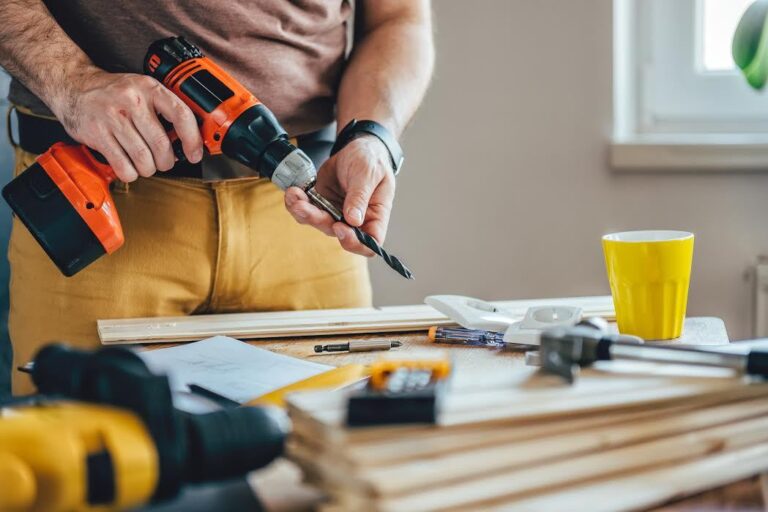You may have heard the term venture capital, perhaps in a movie, and wondered what it means. In fiction, venture capitalists are often portrayed as wealthy, powerful, and greedy destroyers of companies and jobs. This is just for the drama, venture capitalists can be very helpful to startups. Setting up and growing a business is not easy and it requires funding. Often a lot of it. Getting loans from banks and individual investors can be difficult. This is where venture capital comes in.
Venture Capital Defined
Venture capitalists such as Patrick Chung Xfund, provide investment funding to startups and small companies looking to expand. It is a form of private equity and the money comes from investment banks, financial institutions, or individuals with the money to invest. Venture capital funding can be very risky. Startups don’t always get off the ground and small businesses sometimes stagnate and go under. Investors are cautious and look for companies that have already demonstrated rapid growth or new ones that show great potential. The risk is high but the potential rewards can be higher. Funding through venture capital has become a very popular option for new business owners.
Venture Capital’s Beginning
Venture capital is connected to private equity which developed in the 19th Century. It wasn’t until the 20th Century prewar period that venture capital started. Georges Doriot, a Harvard Business School professor is considered the creator of venture capital. In 1946 he started the American Research and Development Corporation. This first venture capital firm raised $3.5 million from investors, a tidy sum in the 40s, and used it to invest in companies that advanced technology used during the war. Doriot’s firm first invested in a company with the bold idea to use x-rays to treat cancer. A $200,000 investment yielded a $1.8 million return in 1955 when the company went public. Doriot’s idea was a rousing success.
Venture Capital in the Silicon Vallery
In the early days, most venture capital firms were in the Northeast and tended to invest in local companies. When the tech industry began to grow into California’s Silicon Valley, venture capital firms took notice. Sherman Fairchild, a wealthy East Coast industrialist invested in Fairchild Semiconductor, a company that was hugely successful.
One of the first West Coast venture capital firms was Davis & Rock, started by New York investment banker Arthur Rock. Davis & Rock invested in tech firms that went on to become giants including Apple and Intel. Investing in tech firms proved so successful that by 1992, only 20% of funds were invested in companies in the Northeast while 48% went to West Coast firms. This has continued until today. Currently, about 33% of venture capital funds are invested in companies located on the West Coast but those companies account for 60% of the value of all deals.
Venture capital was a great idea that has worked well for many private equity investors. The risks are high but choosing companies with excellent growth potential can reap enormous profits.





